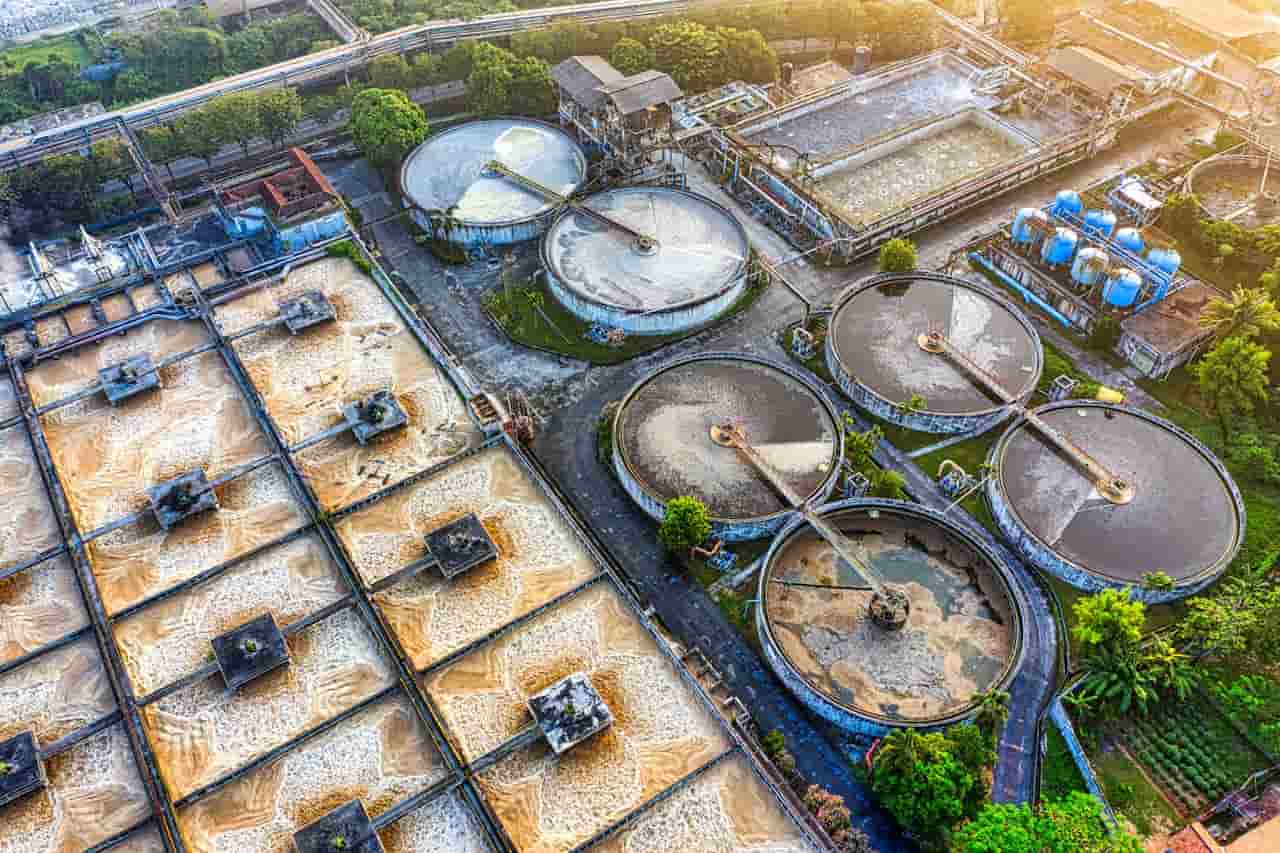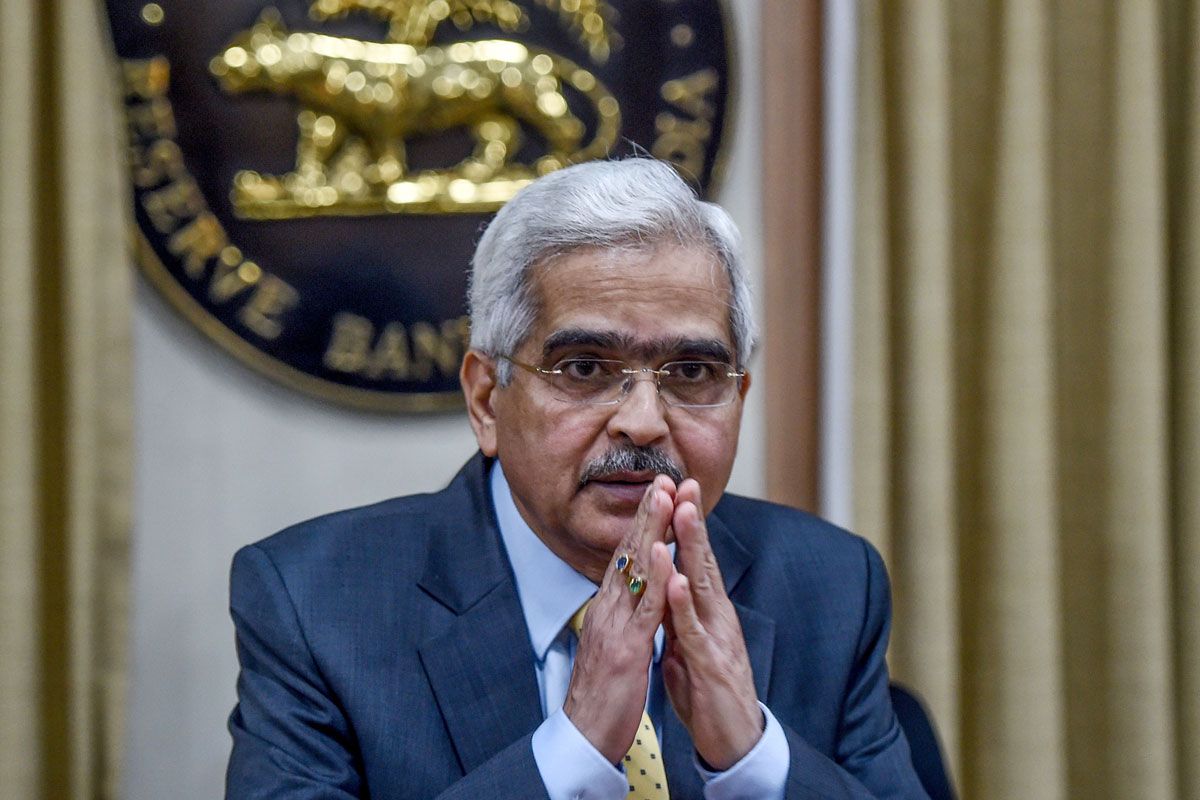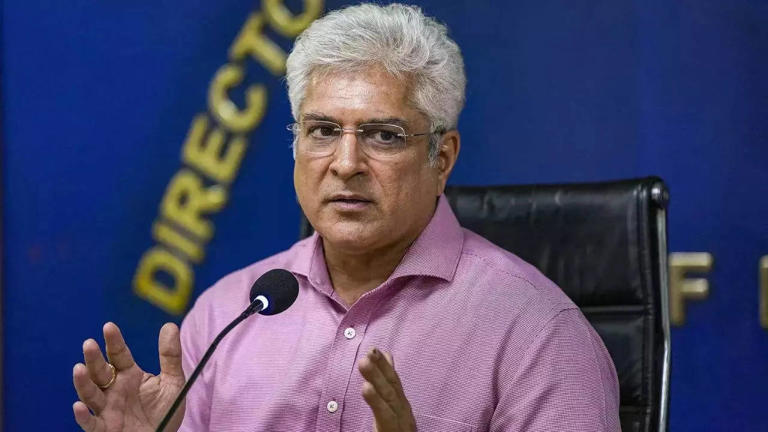Home / world / India’s Vision for the Future: Bharat Antariksha Station by 2035 and Moon Landing by 2040
India’s Vision for the Future: Bharat Antariksha Station by 2035 and Moon Landing by 2040
By: My India Times
6 minutes read 130Updated At: 2024-12-14

India’s space exploration ambitions have taken a bold and visionary leap with the announcement of two historic milestones—the creation of the Bharat Antariksha Station by 2035 and the landing of an Indian astronaut on the Moon by 2040. Announced by Union Minister Dr. Jitendra Singh, these initiatives not only affirm India’s commitment to space science but also chart a course toward technological leadership on the global stage. These initiatives aim to uplift a new generation and strengthen India's reputation as a creative, progressive country.
Bharat Antariksha Station: A Groundbreaking Space Station to be Completed by 2035
A New Chapter in India’s Independent Space Exploration
The Bharat Antariksha Station marks a groundbreaking achievement in India’s space journey. By 2035, this state-of-
By the year 2035, this cutting-edge space station will enable India to join an elite cadre of nations—the United States, Russia, and China—that possess their own space stations. This initiative reflects India’s commitment to self-reliance and ongoing space research, establishing a foundation for a sustained human presence in orbit.
The station will serve as a center for advanced scientific inquiry and technological innovation. It is poised to drive breakthroughs in essential fields and provide a novel platform for international collaboration. Dr. Jitendra Singh notes that this project will reinforce India’s standing as a significant player in space exploration and facilitate the establishment of strategic partnerships.
Key Capabilities and Objectives of the Bharat Antariksha Station
The Bharat Antariksha Station will serve multiple purposes:
Pioneering Microgravity Research:
Researchers will carry out experiments in areas such as biology, physics, and materials science that are unattainable under the influence of Earth's gravity. These investigations have the potential to drive advancements in medicine, manufacturing, and technology.
Astronomical Observations: Situated beyond Earth's atmosphere, the station will provide unobstructed views of cosmic phenomena, enabling astronomers to examine space with unparalleled precision.
Technological Advancements: The station will act as a testbed for next-generation space technologies such as robotics, automation, and life-support systems, critical for future deep-space missions.
India's goal to lead the world in space science and innovation is demonstrated by this space station, which serves as more than just a research platform.
India’s Historic Moon Mission: Planting the Tricolor on the Lunar Surface by 2040
A Monumental Milestone in India’s Space Journey
India’s vision doesn’t stop with a space station. By 2040, India plans to achieve one of its most daring goals yet—landing an Indian astronaut on the Moon. This mission signifies a leap in India’s technological capabilities and underscores the nation’s commitment to pushing the boundaries of human exploration.
Landing an Indian astronaut on the Moon will place India alongside global leaders in space exploration and serve as a symbol of national pride and achievement. This endeavor will showcase India’s advancements in spacecraft design, navigation, and life-support systems, setting the stage for future lunar exploration.
Strategic Importance of India’s Lunar Exploration
Scientific Research and Discovery: The mission will contribute valuable insights into the Moon’s geology, resources, and potential for future human habitation. Studies of lunar soil and rock samples could unlock answers about the Moon’s history and its role in Earth’s development.
International Cooperation: This ambitious project will enhance India’s ability to collaborate with other space agencies like NASA, ESA, and JAXA, fostering stronger global partnerships and shared scientific goals.
Inspiration and Innovation: Achieving a Moon landing will inspire young Indians to pursue careers in science, technology, engineering, and mathematics (STEM), fueling innovation and education.
Dr. Jitendra Singh emphasized that achieving this feat will require careful planning and robust government support, ensuring that India stays on course to meet this audacious goal.
Gaganyaan: The Foundation for India’s Future Space Missions
India’s First Crewed Spaceflight Mission
Before reaching these ambitious milestones, India’s immediate focus is on the Gaganyaan mission, the country’s first human spaceflight program. Set to launch by late 2024 or early 2026, this mission will send Indian astronauts, known as Vyomanauts, into low-Earth orbit, demonstrating India’s ability to conduct human space missions safely and successfully.
Gaganyaan’s Key Objectives and Technological Impact
Human Spaceflight Capability: Gaganyaan aims to validate India’s ability to launch, sustain, and return astronauts safely, an essential capability for future missions to the Moon and beyond.
Technological Advancements: The mission involves the development of advanced crew modules, launch vehicles, and life-support systems, laying the groundwork for long-duration space missions.
Stepping Stone for the Future: Gaganyaan serves as the foundation for the Bharat Antariksha Station and the Moon mission, providing the expertise and infrastructure needed for these larger endeavors.
Why These Space Milestones Matter: A New Era for India’s Technological Growth
Enhancing India’s Global Space Standing
Achieving these ambitious space goals will position India as a technological powerhouse, enhancing its stature among global leaders in space exploration. Successfully launching the Bharat Antariksha Station and landing on the Moon will demonstrate India’s ability to innovate, lead, and collaborate on the global stage.
Driving Technological and Economic Innovation
India’s space missions will drive advancements in sectors like:
- Robotics and Automation
- Propulsion Systems
- Sustainable Life-Support Technology
These technologies will have applications beyond space, benefiting industries such as healthcare, manufacturing, and renewable energy.
Fueling Economic Growth and Job Creation
Investments in space exploration will boost India’s economy by creating jobs in research, engineering, and manufacturing. It will foster a thriving ecosystem of startups, innovators, and private enterprises, attracting further investment into the space sector.
Conclusion: India’s Space Ambitions Chart a Bold Future
India’s plans for the Bharat Antariksha Station by 2035 and a Moon landing by 2040 represent more than just milestones—they embody a commitment to progress, innovation, and national pride. These projects promise to redefine India’s place in the cosmos and inspire generations to pursue the limitless possibilities of space.
As Dr. Jitendra Singh profoundly stated:
“These goals are not just dreams; they are the future of Bharat—a future where our aspirations reach beyond the stars.”
India’s space odyssey has begun, and the future has never looked more promising.
....India’s space exploration ambitions have taken a bold and visionary leap with the announcement of two historic milestones—the creation of the Bharat Antariksha Station by 2035 and the landing of an Indian astronaut on the Moon by 2040. Announced by Union Minister Dr. Jitendra Singh, these initiatives not only affirm India’s commitment to space science but also chart a course toward technological leadership on the global stage. These initiatives aim to uplift a new generation and strengthen India's reputation as a creative, progressive country.
Bharat Antariksha Station: A Groundbreaking Space Station to be Completed by 2035
A New Chapter in India’s Independent Space Exploration
The Bharat Antariksha Station marks a groundbreaking achievement in India’s space journey. By 2035, this state-of-
By the year 2035, this cutting-edge space station will enable India to join an elite cadre of nations—the United States, Russia, and China—that possess their own space stations. This initiative reflects India’s commitment to self-reliance and ongoing space research, establishing a foundation for a sustained human presence in orbit.
The station will serve as a center for advanced scientific inquiry and technological innovation. It is poised to drive breakthroughs in essential fields and provide a novel platform for international collaboration. Dr. Jitendra Singh notes that this project will reinforce India’s standing as a significant player in space exploration and facilitate the establishment of strategic partnerships.
Key Capabilities and Objectives of the Bharat Antariksha Station
The Bharat Antariksha Station will serve multiple purposes:
Pioneering Microgravity Research:
Researchers will carry out experiments in areas such as biology, physics, and materials science that are unattainable under the influence of Earth's gravity. These investigations have the potential to drive advancements in medicine, manufacturing, and technology.
Astronomical Observations: Situated beyond Earth's atmosphere, the station will provide unobstructed views of cosmic phenomena, enabling astronomers to examine space with unparalleled precision.
Technological Advancements: The station will act as a testbed for next-generation space technologies such as robotics, automation, and life-support systems, critical for future deep-space missions.
India's goal to lead the world in space science and innovation is demonstrated by this space station, which serves as more than just a research platform.
India’s Historic Moon Mission: Planting the Tricolor on the Lunar Surface by 2040
A Monumental Milestone in India’s Space Journey
India’s vision doesn’t stop with a space station. By 2040, India plans to achieve one of its most daring goals yet—landing an Indian astronaut on the Moon. This mission signifies a leap in India’s technological capabilities and underscores the nation’s commitment to pushing the boundaries of human exploration.
Landing an Indian astronaut on the Moon will place India alongside global leaders in space exploration and serve as a symbol of national pride and achievement. This endeavor will showcase India’s advancements in spacecraft design, navigation, and life-support systems, setting the stage for future lunar exploration.
Strategic Importance of India’s Lunar Exploration
Scientific Research and Discovery: The mission will contribute valuable insights into the Moon’s geology, resources, and potential for future human habitation. Studies of lunar soil and rock samples could unlock answers about the Moon’s history and its role in Earth’s development.
International Cooperation: This ambitious project will enhance India’s ability to collaborate with other space agencies like NASA, ESA, and JAXA, fostering stronger global partnerships and shared scientific goals.
Inspiration and Innovation: Achieving a Moon landing will inspire young Indians to pursue careers in science, technology, engineering, and mathematics (STEM), fueling innovation and education.
Dr. Jitendra Singh emphasized that achieving this feat will require careful planning and robust government support, ensuring that India stays on course to meet this audacious goal.
Gaganyaan: The Foundation for India’s Future Space Missions
India’s First Crewed Spaceflight Mission
Before reaching these ambitious milestones, India’s immediate focus is on the Gaganyaan mission, the country’s first human spaceflight program. Set to launch by late 2024 or early 2026, this mission will send Indian astronauts, known as Vyomanauts, into low-Earth orbit, demonstrating India’s ability to conduct human space missions safely and successfully.
Gaganyaan’s Key Objectives and Technological Impact
Human Spaceflight Capability: Gaganyaan aims to validate India’s ability to launch, sustain, and return astronauts safely, an essential capability for future missions to the Moon and beyond.
Technological Advancements: The mission involves the development of advanced crew modules, launch vehicles, and life-support systems, laying the groundwork for long-duration space missions.
Stepping Stone for the Future: Gaganyaan serves as the foundation for the Bharat Antariksha Station and the Moon mission, providing the expertise and infrastructure needed for these larger endeavors.
Why These Space Milestones Matter: A New Era for India’s Technological Growth
Enhancing India’s Global Space Standing
Achieving these ambitious space goals will position India as a technological powerhouse, enhancing its stature among global leaders in space exploration. Successfully launching the Bharat Antariksha Station and landing on the Moon will demonstrate India’s ability to innovate, lead, and collaborate on the global stage.
Driving Technological and Economic Innovation
India’s space missions will drive advancements in sectors like:
- Robotics and Automation
- Propulsion Systems
- Sustainable Life-Support Technology
These technologies will have applications beyond space, benefiting industries such as healthcare, manufacturing, and renewable energy.
Fueling Economic Growth and Job Creation
Investments in space exploration will boost India’s economy by creating jobs in research, engineering, and manufacturing. It will foster a thriving ecosystem of startups, innovators, and private enterprises, attracting further investment into the space sector.
Conclusion: India’s Space Ambitions Chart a Bold Future
India’s plans for the Bharat Antariksha Station by 2035 and a Moon landing by 2040 represent more than just milestones—they embody a commitment to progress, innovation, and national pride. These projects promise to redefine India’s place in the cosmos and inspire generations to pursue the limitless possibilities of space.
As Dr. Jitendra Singh profoundly stated:
“These goals are not just dreams; they are the future of Bharat—a future where our aspirations reach beyond the stars.”
India’s space odyssey has begun, and the future has never looked more promising.
By: My India Times
Updated At: 2024-12-14
Tags: world News | My India Times News | Trending News | Travel News
Join our WhatsApp Channel






















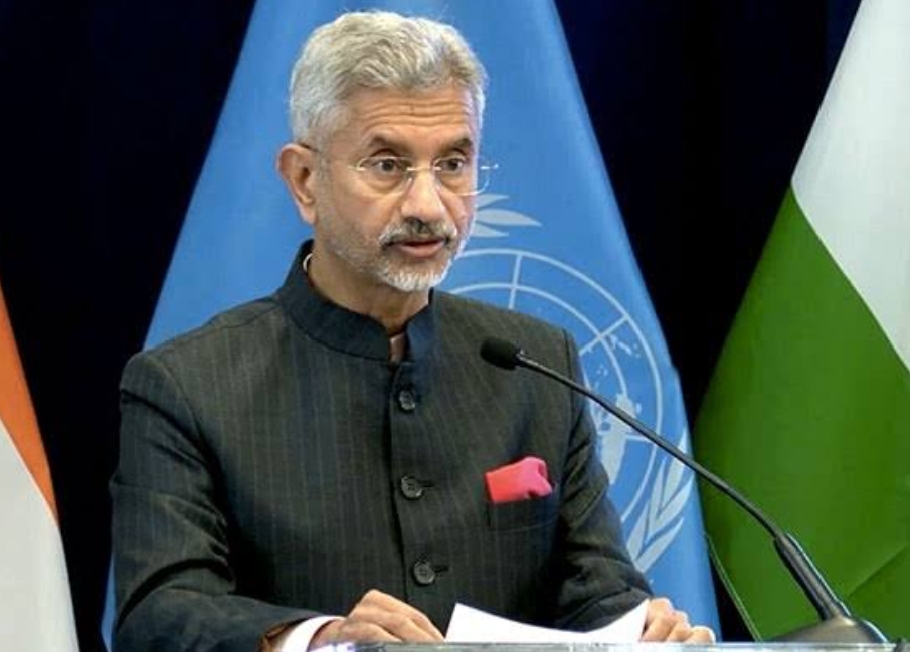






















































.png)








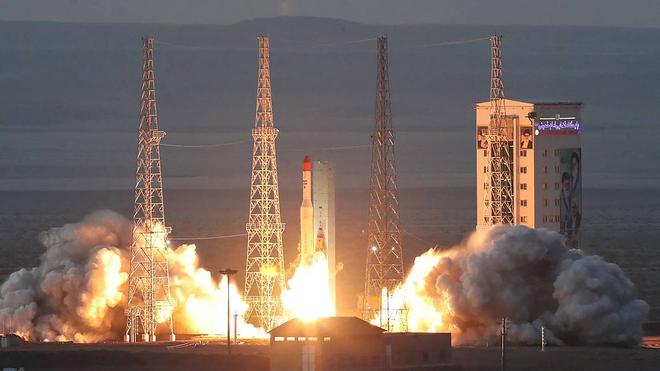

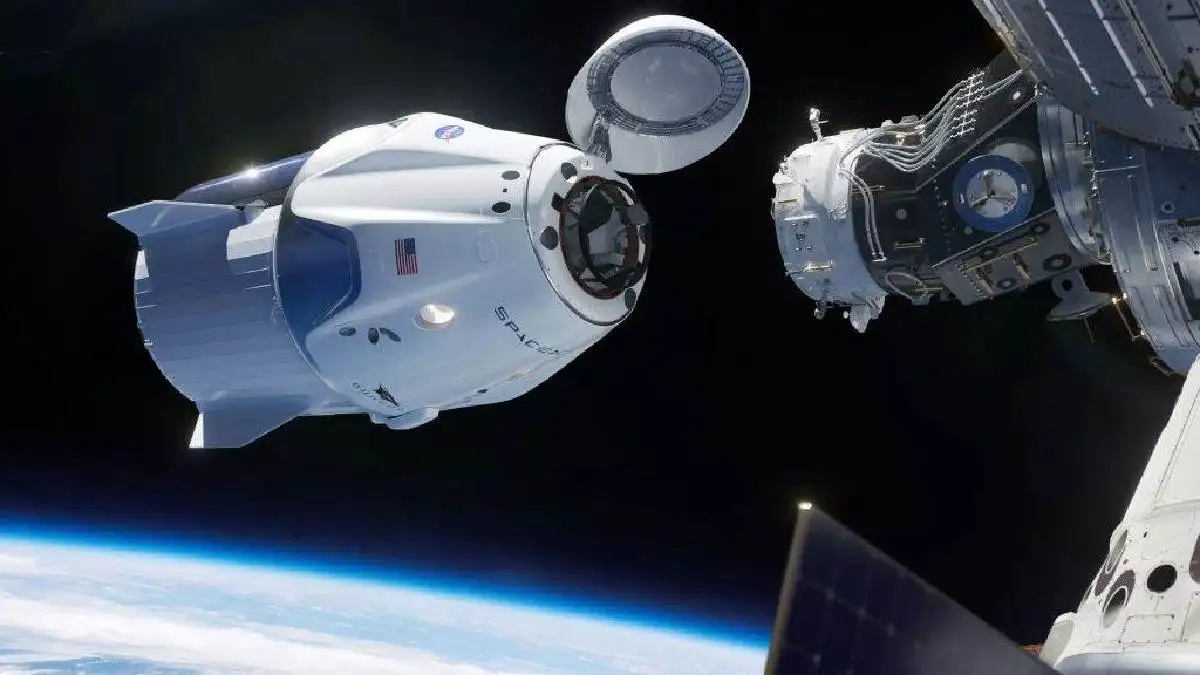


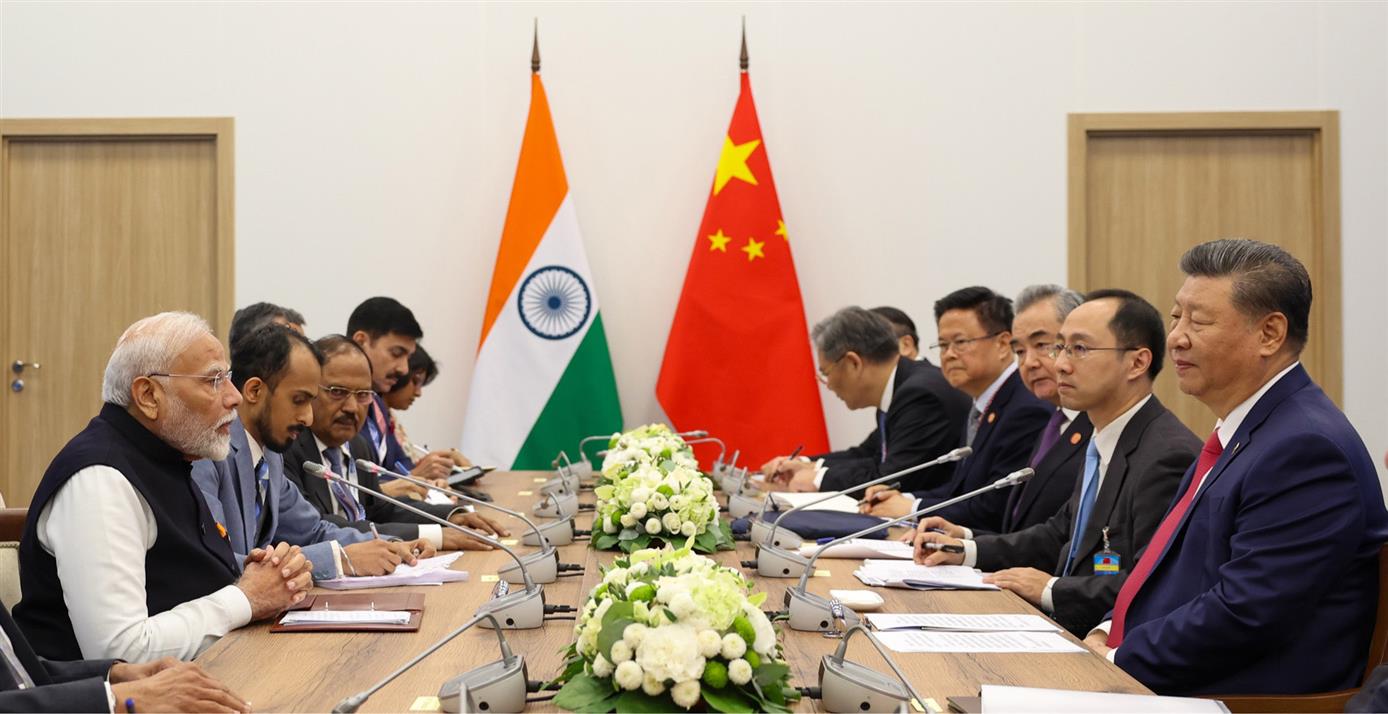
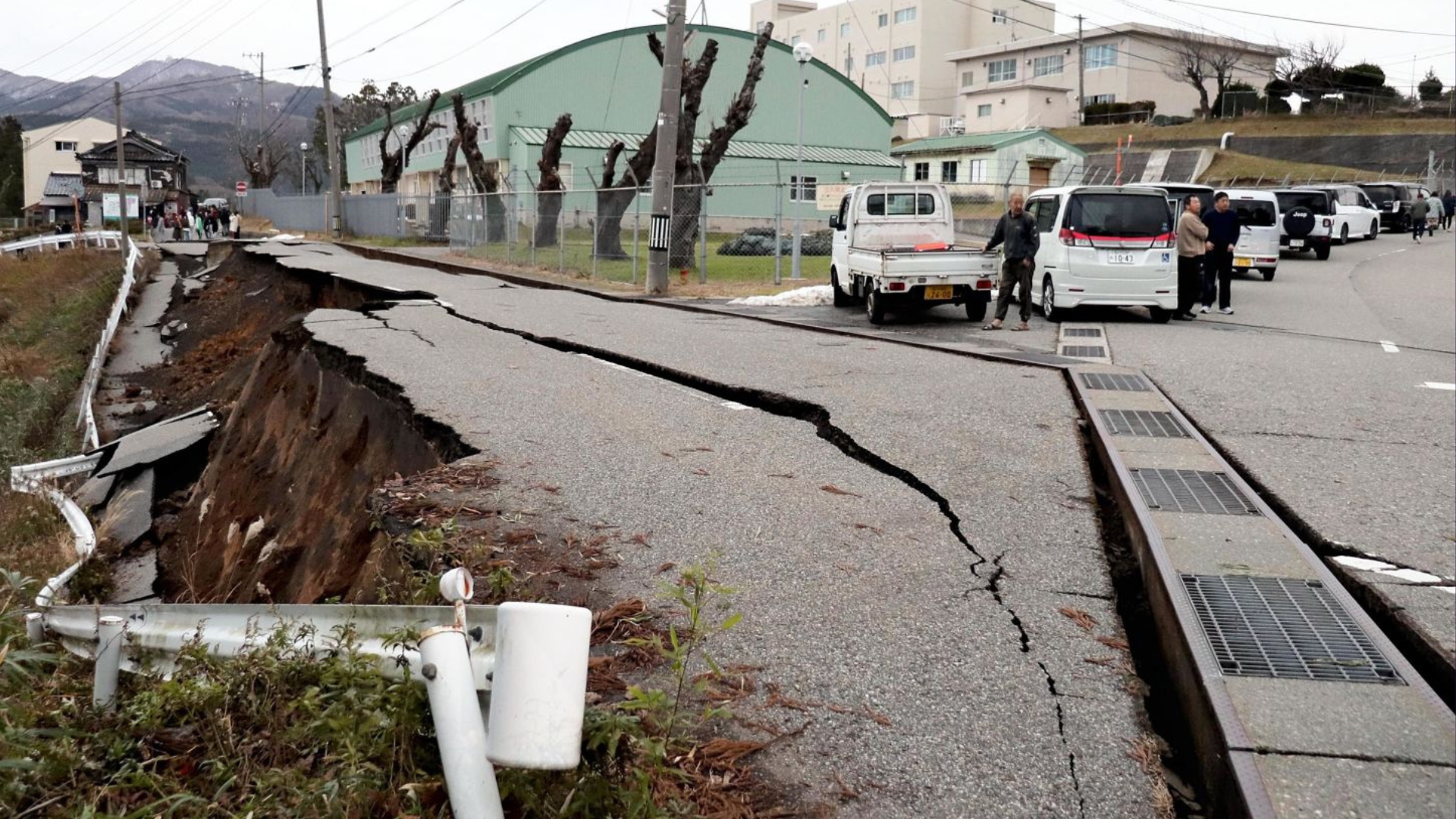



.png)

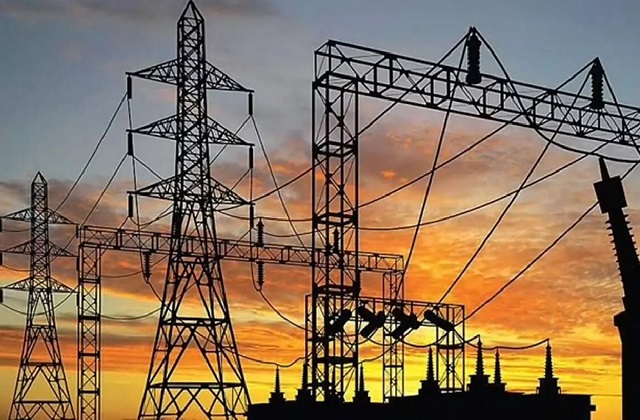





.jfif)


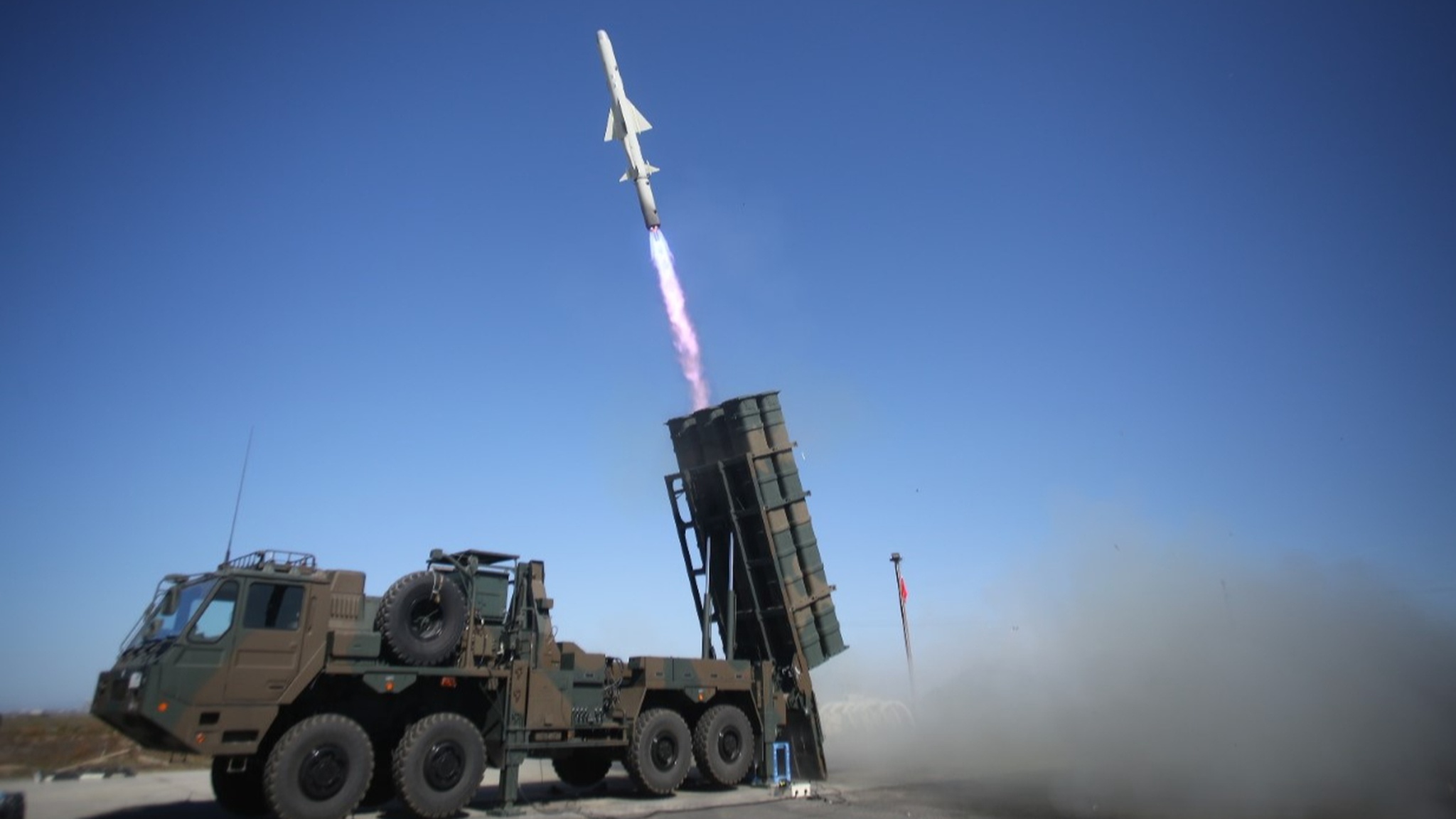
































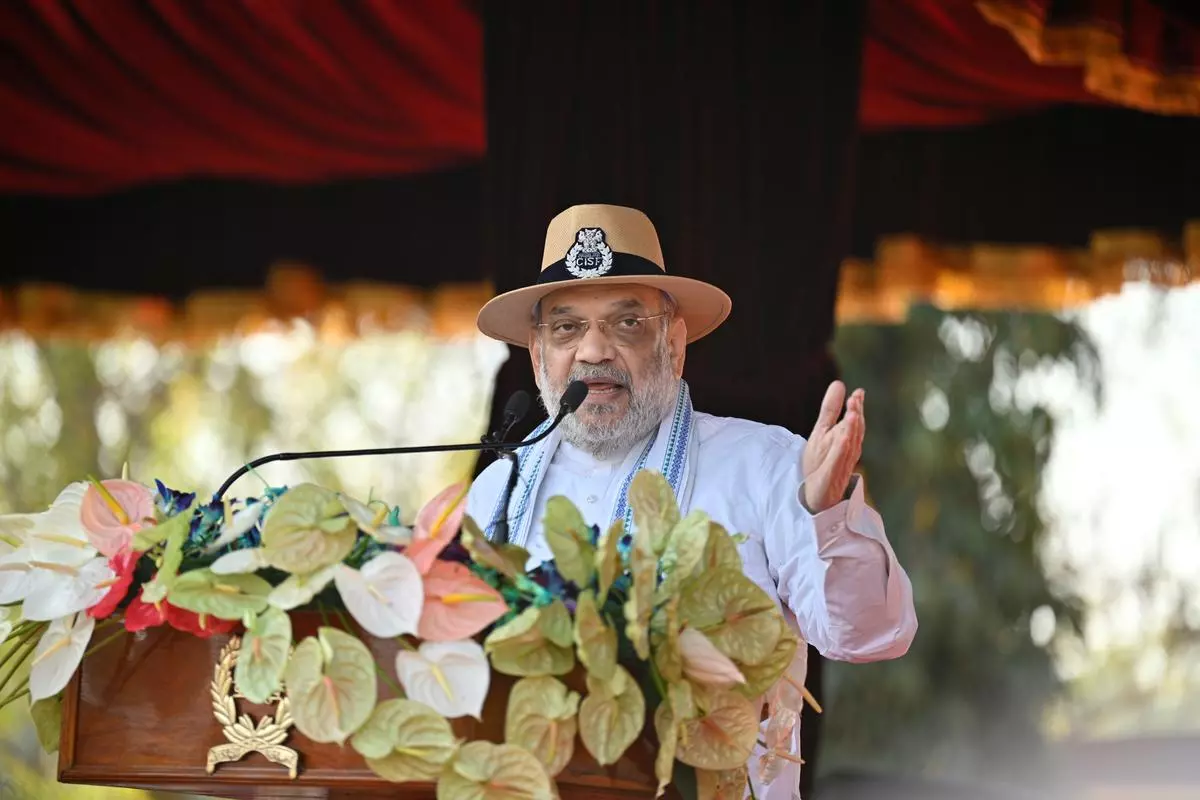





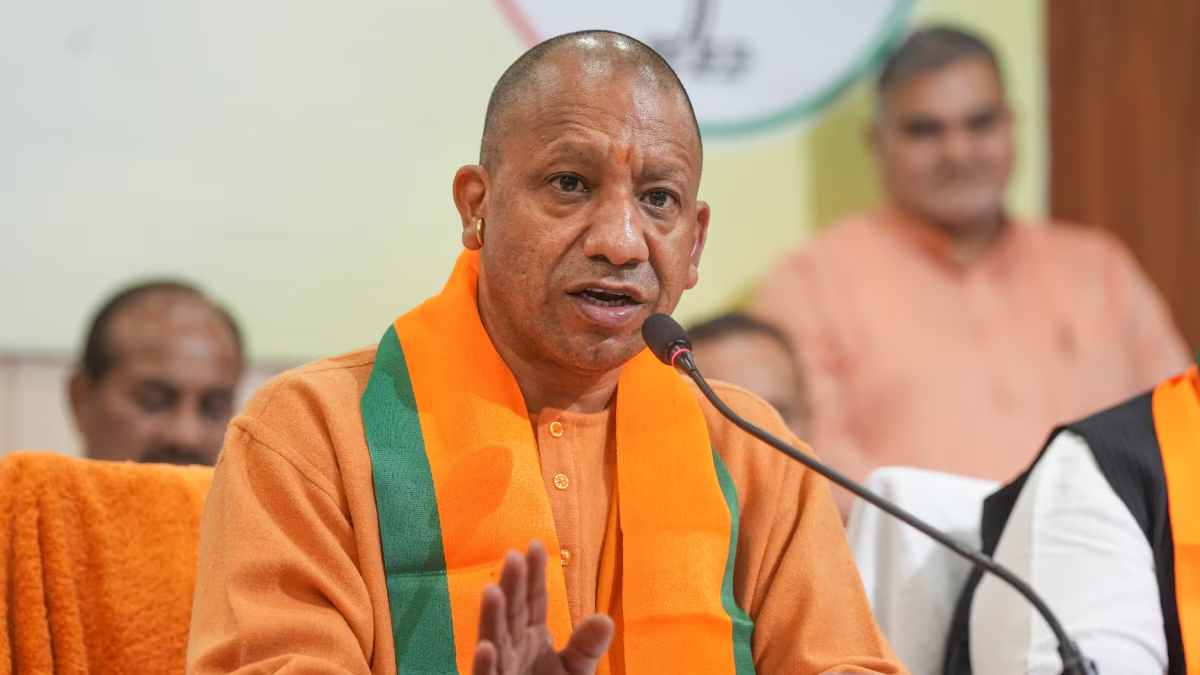
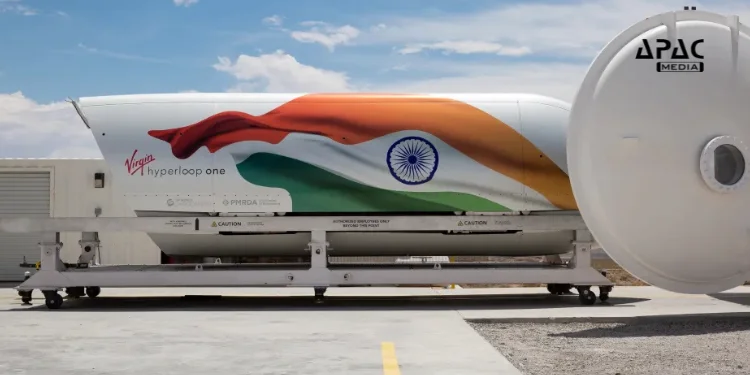
































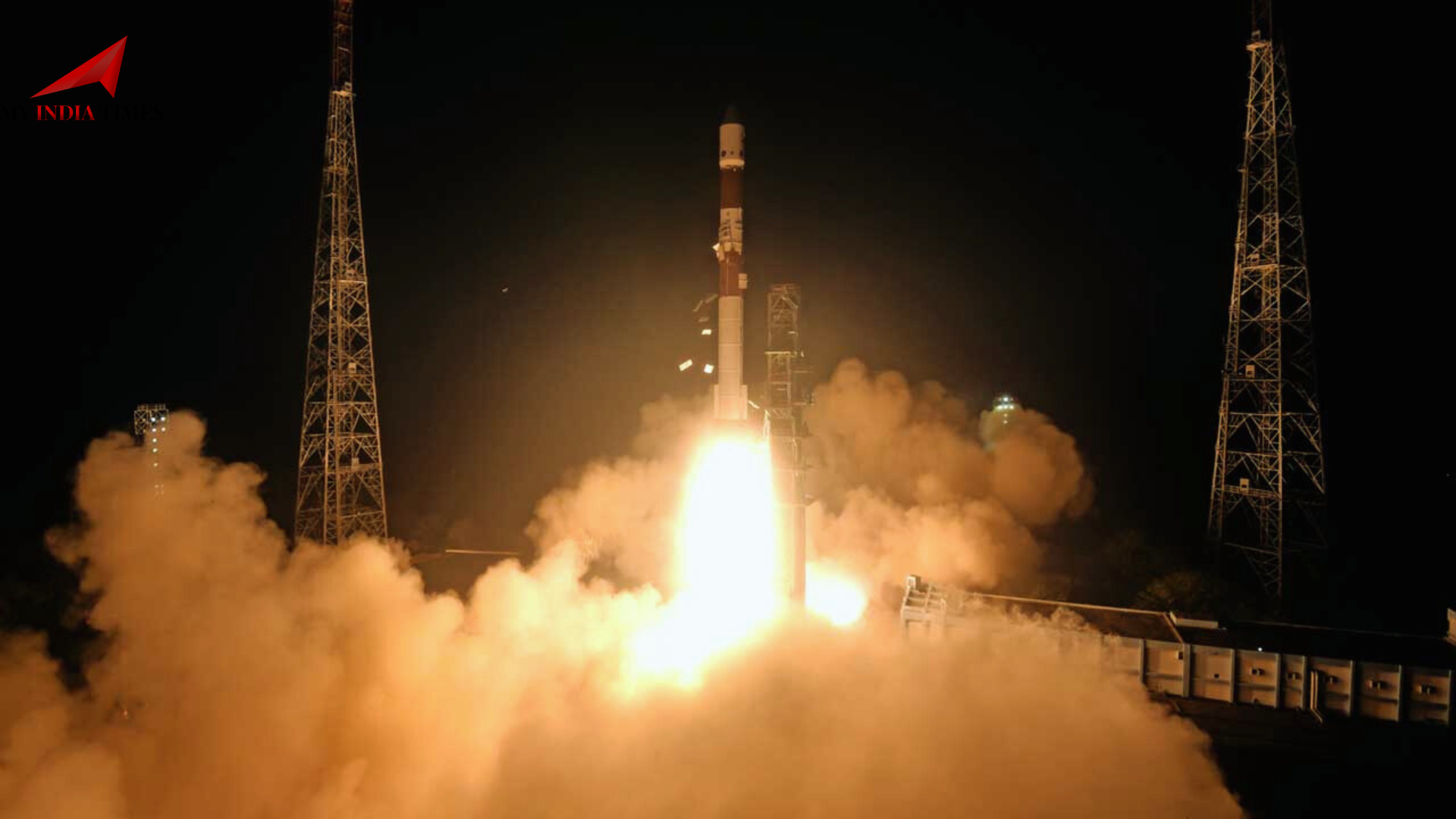















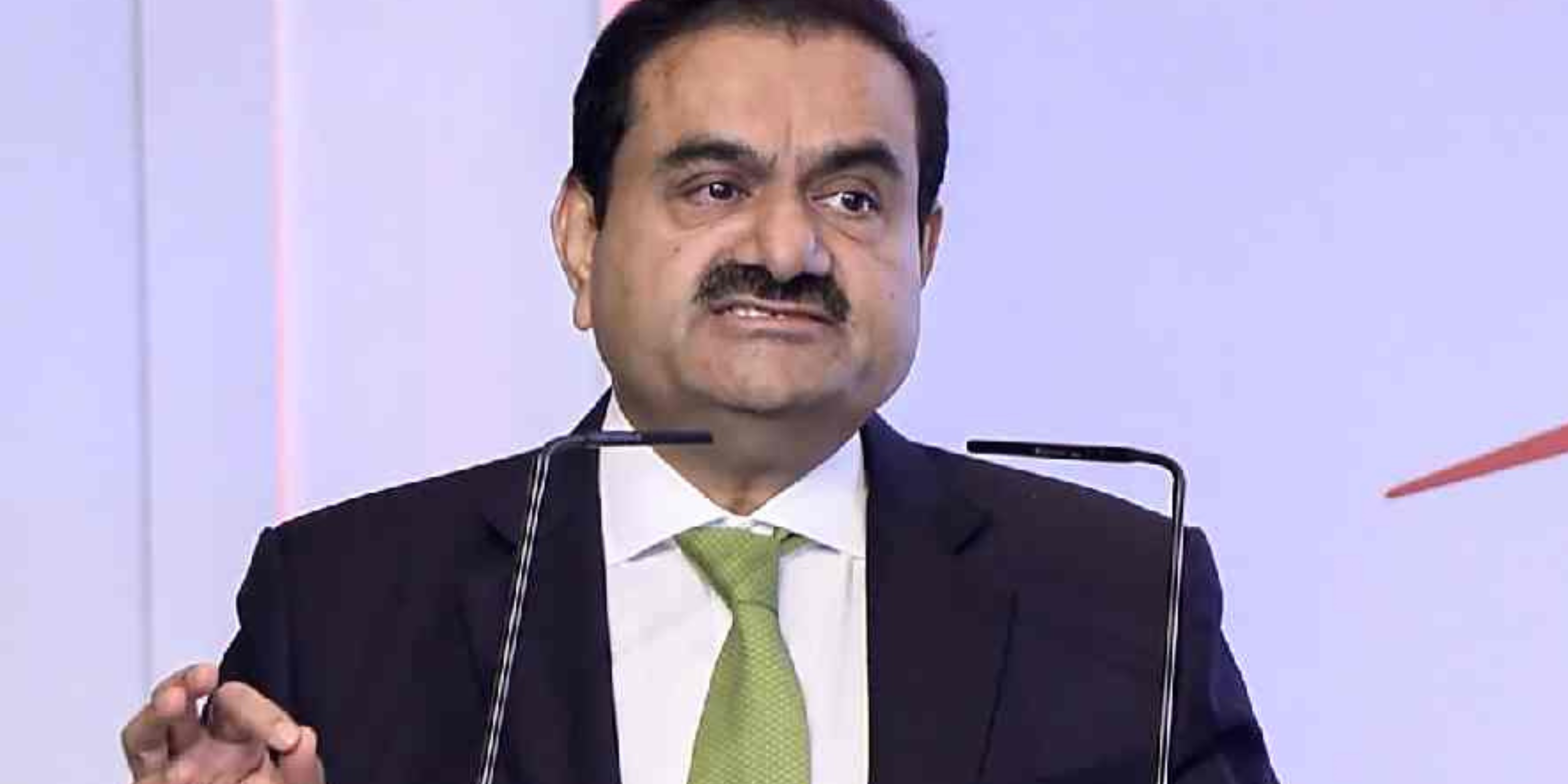



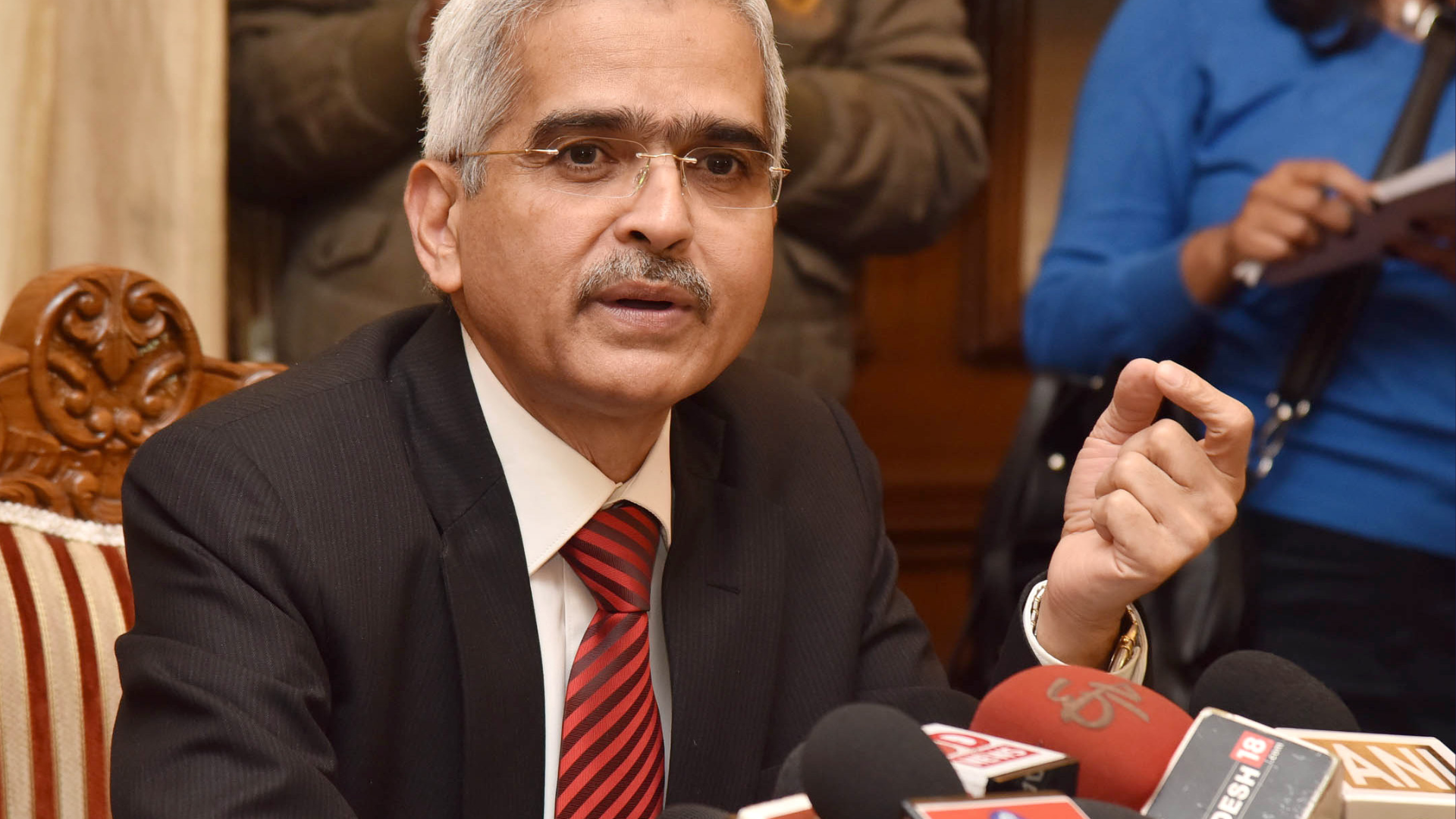






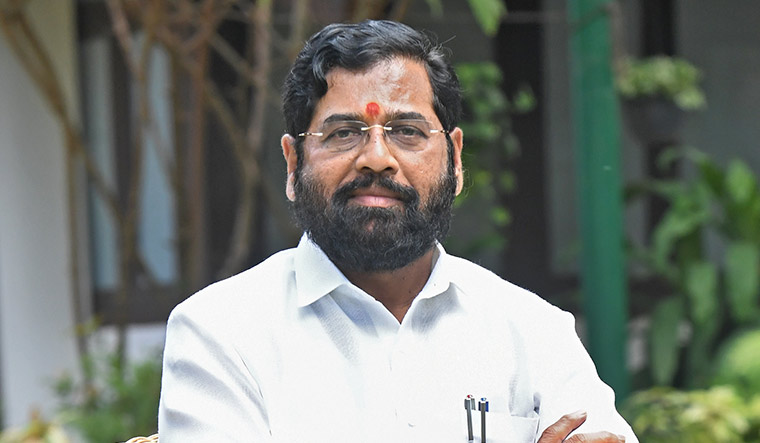
.png)
 (1).png)
